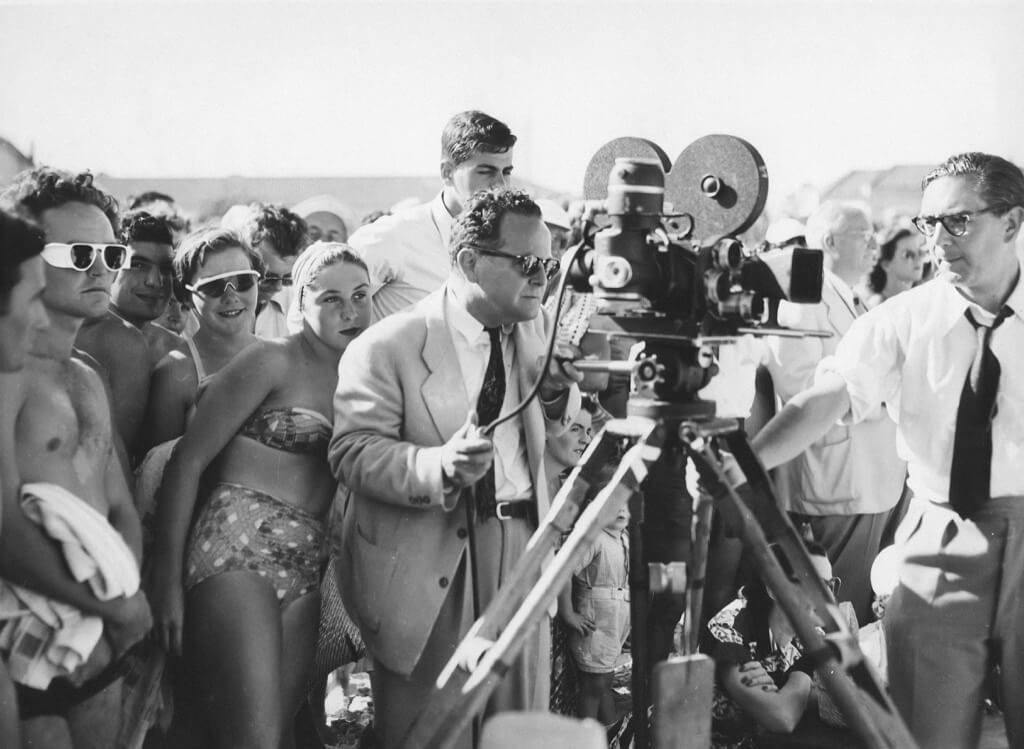- A Global Filming Guide: Do’s, Don’ts, and Must-Knows - February 14, 2024
- Low-Income Americans’ Surprising Spending Habit - December 4, 2023
- France’s Startling Act of Aggression - December 1, 2023
It’s a scene we’ve all witnessed countless times in movies: a person is seriously injured, on the verge of losing consciousness, and another character desperately shouts, “Stay with me, dammit!!!” But is there any truth to this Hollywood portrayal? Does staying conscious actually help when someone has suffered a severe injury? The answer might surprise you.
Believe it or not, unconsciousness might have its uses in certain situations. A study titled “Tightly coupled brain activity and cerebral ATP metabolic rate” sheds some light on this topic. When rats were intentionally rendered unconscious, they produced roughly fifty percent fewer ATP molecules, which are essentially the energy currency of cells. This reduction in ATP production led to a nearly 66% decrease in the brain’s energy requirements.
So, what does this mean? In situations where your body’s resources are running dangerously low due to a severe injury, unconsciousness could actually be beneficial, as it conserves energy and allows your body to focus on vital functions.
However, before we delve further into the benefits of unconsciousness, it’s crucial to understand that in certain cases, medical professionals may prefer you to stay awake, especially when the exact nature of your condition isn’t immediately apparent. Your ability to communicate your symptoms, pain level, and relevant medical history can significantly aid healthcare providers in delivering rapid and effective treatment, potentially making a life-saving difference.
But apart from these scenarios, consciousness itself doesn’t play a pivotal role in preserving one’s life. The Glasgow Coma Scale, developed by neurosurgery professors Graham Teasdale and Bryan Jennett in 1974, is a tool used by emergency providers to assess an individual’s level of consciousness and determine appropriate treatment strategies.
Understanding Consciousness Levels
The Glasgow Coma Scale evaluates a patient based on three criteria: eye-opening, verbal response, and movement reaction, with different scores assigned to each category. For instance, the widely recognized phrase in the field of emergency medicine, “A GCS less than 8 intubate,” indicates that if a patient’s score is below 8, their chances of maintaining an open airway for breathing are so poor that intubation—inserting a tube into the trachea to assist with breathing—is strongly recommended.
If a person’s score suddenly drops, as in the movies where they’re slapped or shaken awake, it signifies a significant event has occurred, and medical professionals need to reassess their treatment plan.
The Two Primary Causes of Unconsciousness
To better grasp the role of consciousness in life-threatening situations, let’s focus on the two primary causes of unconsciousness: traumatic injury and medical issues. In most Hollywood movie scenarios involving unconsciousness, trauma is the leading cause.
Exsanguination: Bleeding Out
Exsanguination, commonly referred to as “bleeding out,” is a critical condition where rapid blood loss threatens life. In such cases, if you were conscious, you wouldn’t need anyone to slap or shake you awake; your body’s natural response would be to stay alert. This is because your sympathetic nervous system releases neurotransmitters like dopamine, epinephrine, and nor-epinephrine in response to a severe injury. These hormones increase your heart rate, constrict blood vessels, and dilate pupils, ensuring that your brain receives maximum blood flow under the circumstances.
Traumatic Brain Injury
Traumatic brain injury is another common cause of unconsciousness in Hollywood and real life. Here, the brain sustains damage due to a sudden impact or force, leading to a loss of consciousness. In such cases, the severity of the injury, rather than consciousness itself, dictates the outcome.
Fun Facts
Hollywood’s Dramatization: Hollywood tends to exaggerate the importance of staying conscious for dramatic effect. In reality, it varies significantly depending on the specific injury and circumstances.
The Pain Factor: Severe injuries can be excruciatingly painful, and losing consciousness can sometimes provide a temporary respite from this pain. In such cases, it might be the body’s natural response to protect itself.
Shock and Disorientation: People who experience traumatic injuries may go into shock, which can lead to confusion and disorientation. In some instances, staying conscious may help them better understand their situation and communicate it to others.
Consciousness and Brain Injuries: While unconsciousness can result from traumatic brain injuries, it’s not always an immediate sign of severe brain damage. Some brain injuries may cause temporary unconsciousness, followed by a return to consciousness.
Delayed Onset of Symptoms: In some cases, the effects of a severe injury may not become apparent immediately. Staying conscious allows the injured person to monitor their condition as symptoms may develop gradually.
Medical Assessment: When first responders arrive at the scene of an accident, they rely on the injured person’s consciousness level as one of the initial indicators of their condition. This information helps them prioritize care and make rapid decisions.
Psychological Impact: Surviving a traumatic event while conscious might lead to better psychological recovery for some individuals. They may have a clearer memory of the incident, which can help in processing and coping with the trauma.
Variable Heart Rate: While a rapid heart rate is a common response to severe injury, not all injuries trigger this response. In some cases, a person may sustain a serious injury without a significant increase in heart rate, making it challenging to assess their condition solely based on consciousness.
Survival Instincts: The body has built-in survival mechanisms that can influence consciousness. For example, the release of adrenaline in response to a life-threatening situation can help keep a person alert and awake.
Aging and Consciousness: Age can play a role in how consciousness is affected by injuries. Older individuals may have different responses to trauma compared to younger ones due to factors such as reduced physiological reserves and pre-existing medical conditions.
Staying Conscious Isn’t Always the Key
In conclusion, the notion that staying conscious is a universal solution when facing severe injury, as depicted in Hollywood, doesn’t hold true in reality. Unconsciousness can have its advantages, conserving vital energy when resources are scarce. However, in situations where prompt medical intervention is required, staying awake and able to communicate becomes crucial.
The Glasgow Coma Scale serves as a valuable tool for healthcare providers to assess an individual’s level of consciousness and make informed decisions about their treatment. Remember that the cause of unconsciousness, whether it’s exsanguination or traumatic brain injury, plays a more significant role in determining outcomes than simply being awake or asleep.
So, the next time you watch a dramatic scene in a movie where a character fights to stay conscious, you’ll have a better understanding of the real-life factors at play in such situations. While Hollywood may exaggerate the importance of consciousness, reality often operates on a different set of rules when it comes to survival.

